Windows as we know it is made up of hundreds if not thousands of small background processes handling individual components. While these background processes are designed to quietly run behind the scenes and not cause any resource usage when they’re not being used, they aren’t perfect and run into errors from time to time.
In this article, we’re taking a look at lockapp.exe, what it does, how many resources it uses and everything else you need to know.
Also read: How to fix the Windows Photo Viewer: Not enough memory issue?
Lockapp.exe explained
Lockapp.exe, as the name suggests is used to display the Windows lock screen overlay when your PC goes to sleep or is locked. The lock screen overlay includes a background image, the date and time and any notifications you chose to show. Additionally, it can also show quick updates about things like the weather, any music that you’re playing on your PC and even your emails.
The process doesn’t do anything most of the time you’re using your PC and only becomes active when your lock your computer. Once you unlock your device, it suspends itself and stops working.
Is Lockapp.exe a virus?
Its common practice for threat actors to name their malware after legitimate Windows services to trick users and avoid detection. However, you can check if the lockapp.exe process on your PC is genuine or not by following these steps.
Step 1: Open the Task Manager and head over to Details.
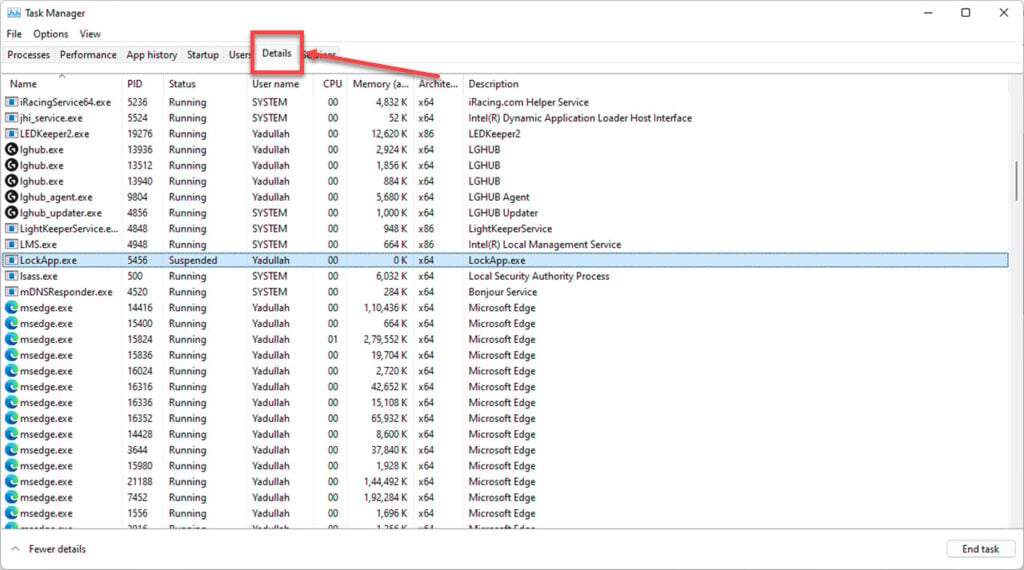
Step 2: Right-click Lockapp.exe and select Open file location.
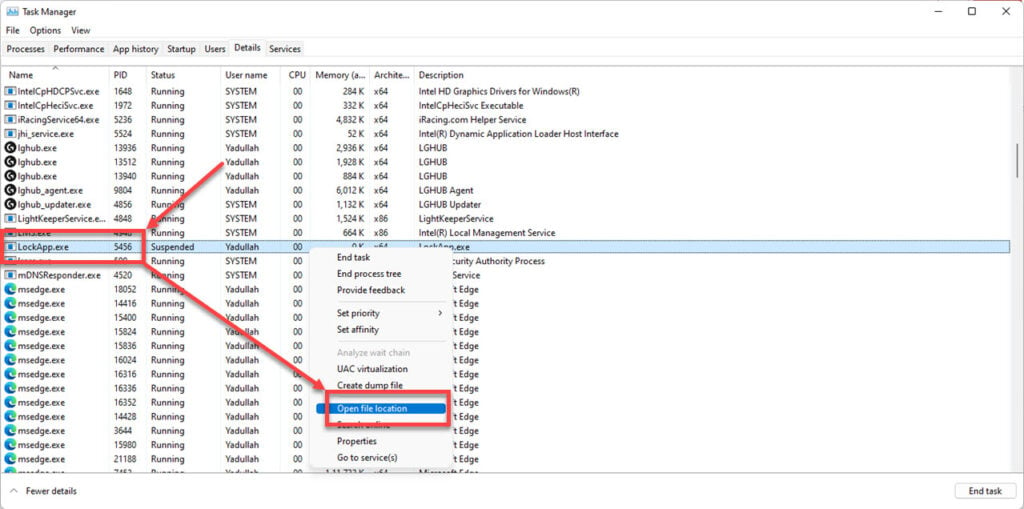
Step 3: If the file location is the same as given below, then your process is legitimate. If it isn’t, chances are it’s a malicious process and you should remove it from your PC right away.
C:\Windows\SystemApps\Microsoft.LockApp_cw5n1h2txyewy
Lockapp.exe using too many system resources
Lockapp.exe shouldn’t be using too many system resources even when it’s active and your PC is locked. When suspended, it didn’t use any memory or CPU whatsoever on our testbench.
However, if the process is using too many resources on your PC, you can try out the following three fixes.
Update your PC
The first thing you should do is to update your PC. Updating your PC will, in most cases, update your drivers and fix any issues in the process.
Check out this detailed guide to know how to update your PC here
Restart your PC
Another thing you can do is just restart your computer. Restarting forces Windows to reboot all its processes and resolve any bugs or issues in the process.
Run an SFC scan
Corrupt files are the number one reason your PC might behave weirdly. Here’s how you can get rid of them and potentially resolve your issue.
Step 1: Press Windows Key + S to bring up the Cortana/Search box and search for Powershell. Open Windows Powershell from the search results.
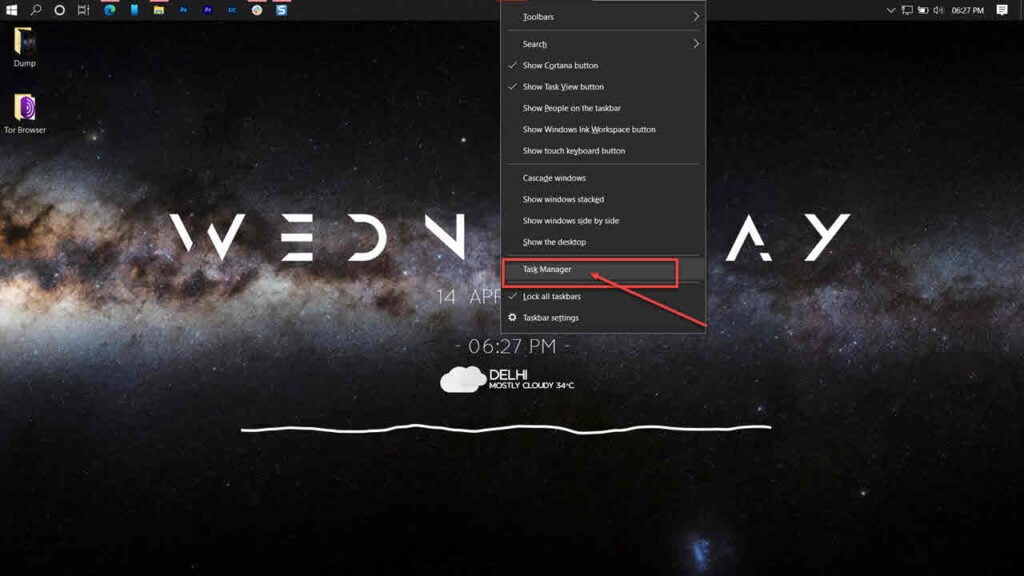
Step 2: Type sfc /scannow to scan your system for issues.
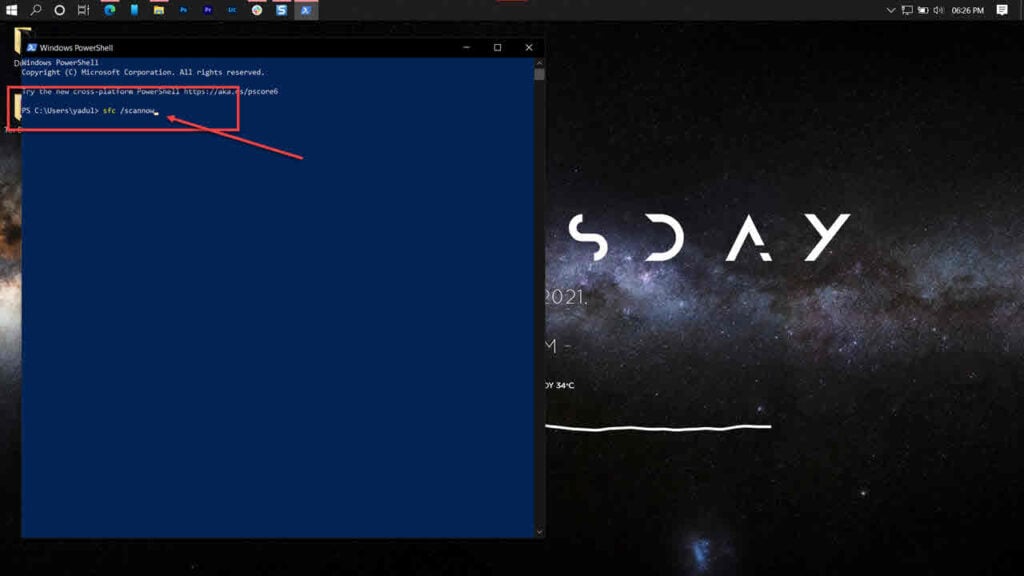
Step 3: If the SFC scan finds any problem, use the following command to resolve them.
DISM /Online /Cleanup-Image /RestoreHealth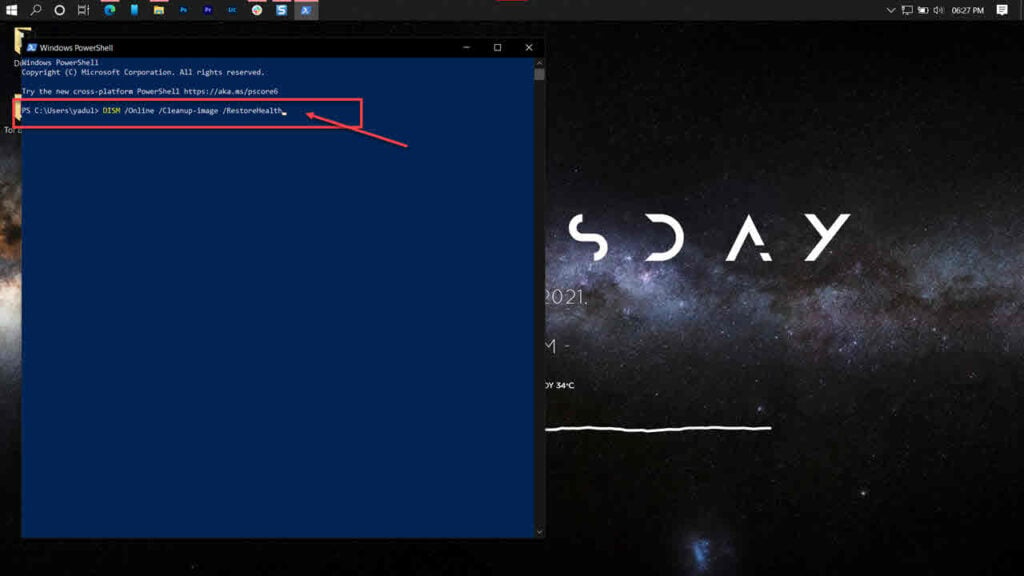
Restart your PC, and the problem should be solved.
Disabling Lockapp.exe
You can disable the process entirely if you’d like, however, keep in mind that this will remove the lockscreen as you know it and will replace it with just a login prompt asking for your PIN or password.
Step 1: Press Windows key + R to open the Run prompt. Type regedit and hit enter.
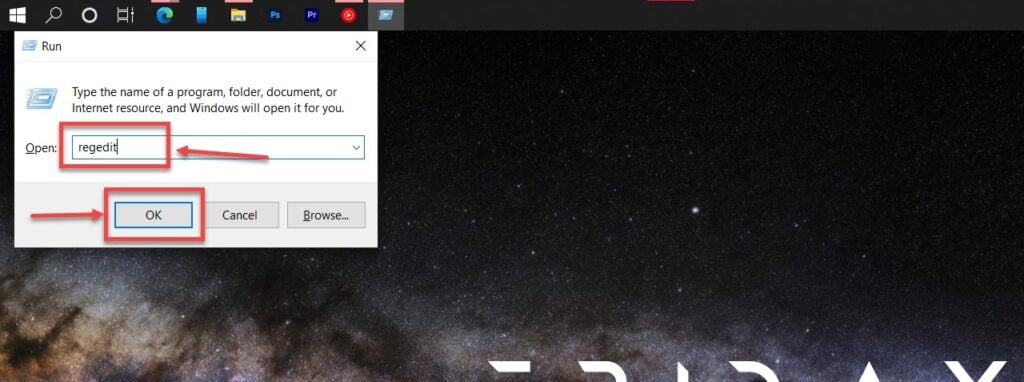
Step 2: Navigate to the following path.
HKEY_LOCAL_MACHINE\SOFTWARE\Policies\Microsoft\Windows\Personalization
Step 3: Double-click the NoLockScreen key and change its value to ‘1’. If you don’t see the key, create a new DWORD (32-bit) and set its name and value to NoLockScreen and ‘1’ respectively.
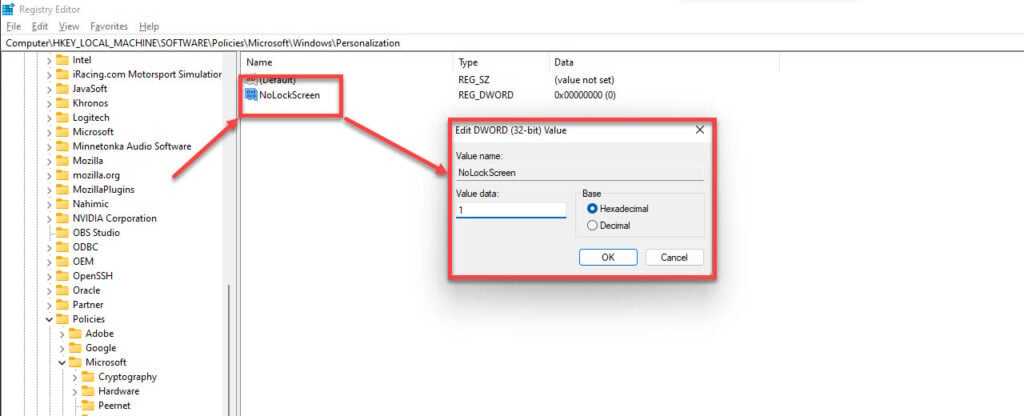
Configuring the lockscreen
As mentioned before, your lock screen can be customised to show whatever image and information you want. Here’s how.
Step 1: Press Windows key + I to open Windows Settings. Head over to Personalisation.

Step 2: Click Lockscreen.

Step 3: From this screen, you can change anything you want about your lock screen.
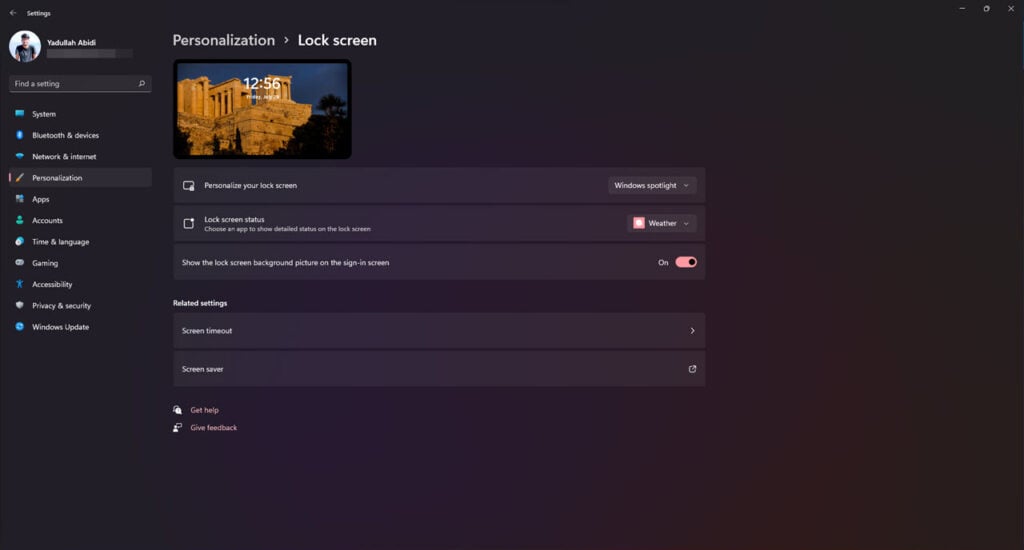
Also read: Windows error 0x0 0x0: 6 Fixes






